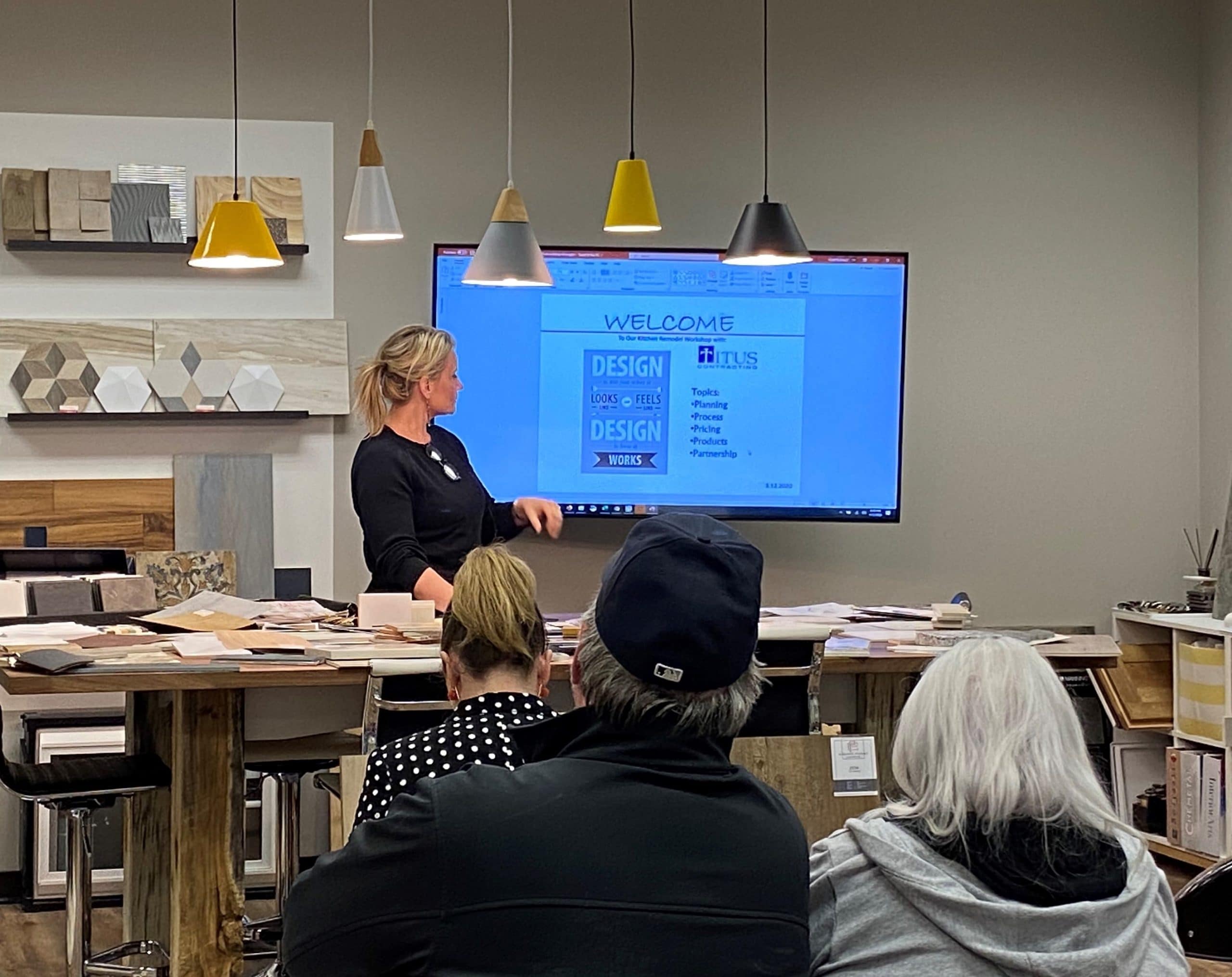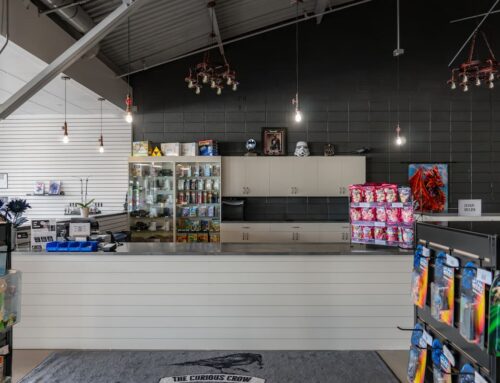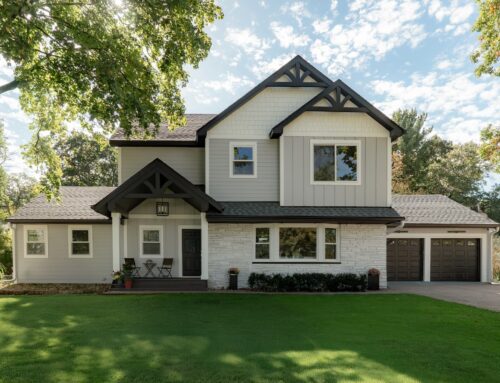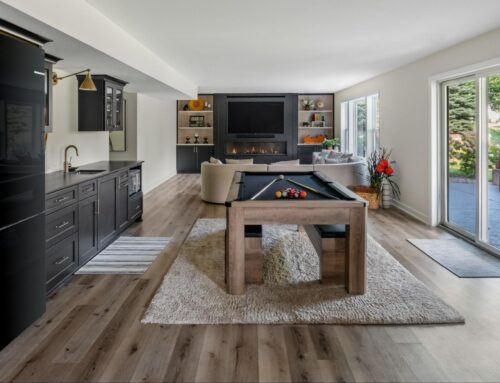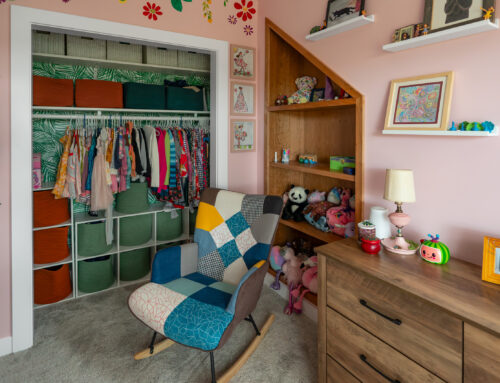Partnering with an interior designer for a home renovation is a wise and worthwhile investment. Not only will your designer ensure a beautiful end result, but she essentially serves as CEO of your home renovation.
Your designer will manage subcontractors and timelines, resolve any issues with vendors, and create a holistic plan for your remodel. From overall space and architecture to the perfect kitchen cabinet hardware, your interior designer has your back throughout the entire home renovation process.
So, what does this mean for you as the homeowner? Are you off the hook for your home remodel? Not quite.
In fact, Titus Contracting’s interior designer Steph Morris has a few thoughts on the subject. Here are 5 things she wishes her Twin Cities home renovation clients knew before starting their projects.
Know That A Home Remodel with an Interior Designer is a Partnership
Working with a designer on a home remodel can save you tons of time (and money). But it’s not something you just hand over until the big reveal (sorry to burst the bubble of any HGTV lovers out there). “In reality, there are dozens of necessary steps before we can start a project – we can’t just take over when you head out of town,” explains Titus contracting’s interior designer Steph Morris
Aside from the contracts and paperwork, it’s important that you’re involved in the decisions for your home remodel. First of all, it’s your home! You need to love it, so it’s important that you give voice to your opinions.
It’s even more important that you share those opinions early on in the process. Swapping things later isn’t always easy because a room design isn’t simply a collection of elements. Your designer looks at the project holistically, devising a plan that will not only look beautiful but also functions optimally for you and your family.
Choose Your Products Carefully – Especially in Kitchen Remodels
Aside from the visual elements, your interior designer will select and procure many functional components of your home remodel. Especially in a hard-working room like a kitchen. It’s critical that each appliance not only look beautiful, but function the way you need.
At Titus Contracting, Steph refers kitchen remodel clients to local appliance showrooms to get detailed information about appliance options from industry experts. They’ll ask questions about your cooking/cleanup needs, daily routines, and help you narrow down your options so you can make the right choice for your aesthetic and lifestyle.
In other rooms of the house, your designer will present product and finish suggestions as part of a design plan. This is the time to look each element over carefully, make a clear decision, and then stick to it.
Because the project is holistic, every 11th-hour switch or product swap affects the entire design. Not to mention your own timeline and budget, which are quickly blown by late-in-the-game pivots. So be involved from the start. Ask lots of questions. Take the time to get to know your project. Then you can sit back, relax, and let your designer run the show.
Understand that Interior Designers Base Their Design Choices Off What You Say…and What You Don’t
Steph and her team want to hear everything about your space – what’s working, what isn’t, what your dream solution might be.
But just as important, as a designer, she needs to see how you use your space. So don’t clear away the clutter before a design visit. If there’s a spot that collects a lot of incoming mail and papers (every home has one!), your designer needs to see that. This allows her to devise a strategy that not only looks beautiful, also but functions the way you need.
So don’t clean up everything to make your life seem ‘perfect’ for your designer. It’s important that she sees the good, the bad, and the ugly to create solutions that help your family live well at home.
Don’t Get Too Attached to a Single Inspiration Photo
“A home remodel is a lot like buying a car,” says Titus interior designer Steph Morris. “Most people don’t just walk into a showroom with a photo and say ‘I want this’ and expect to drive away with it.”
Each detail of the car – paint color, features, upholstery – affects the price. And some features are custom, so the timeline can vary drastically, too.
The same is true for your renovation. It’s important to have a clear vision of what you want, but also, to know that you might have to be flexible with timeline, budget, or both, to achieve it. Which brings us to the next tip for working with a designer on a renovation…
Get Clear On Your Priorities for Your Home Remodel
It’s easy for homeowners to get hyper-focused on every detail they want in their remodel, but it’s important for your designer to know what features are must-have and which would be welcome bonus features. Because unless your budget is truly unlimited, it might not be possible to get every single detail on your wish list.
At least not right away.
“I don’t like to tell people ‘no’ in their projects. Instead, we focus on ‘how?’ or ‘maybe later,’” Steph explains.
This means while you might have your heart set on custom built-ins for the family room, they might not be possible with the current budget. So, is there a semi-custom option that could create a similar look? Or is that a feature that can be added in a year or two once you’ve had a chance to save for phase 2?
When you work with an interior designer, you’re gaining access to years of education, skill, and training. They can often see previously unconsidered solutions to help achieve your home renovation goals.

